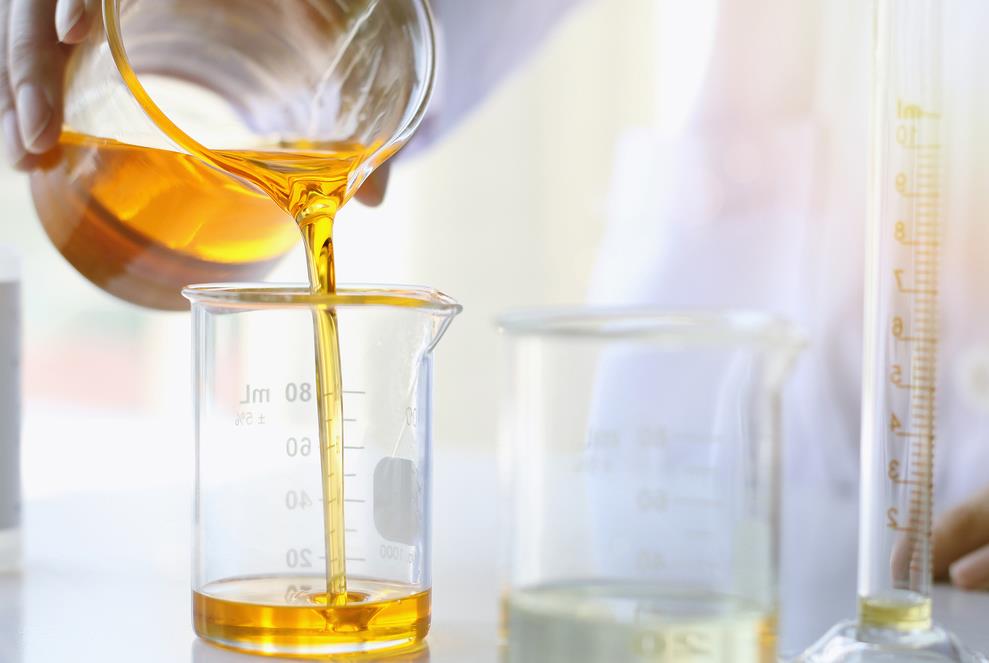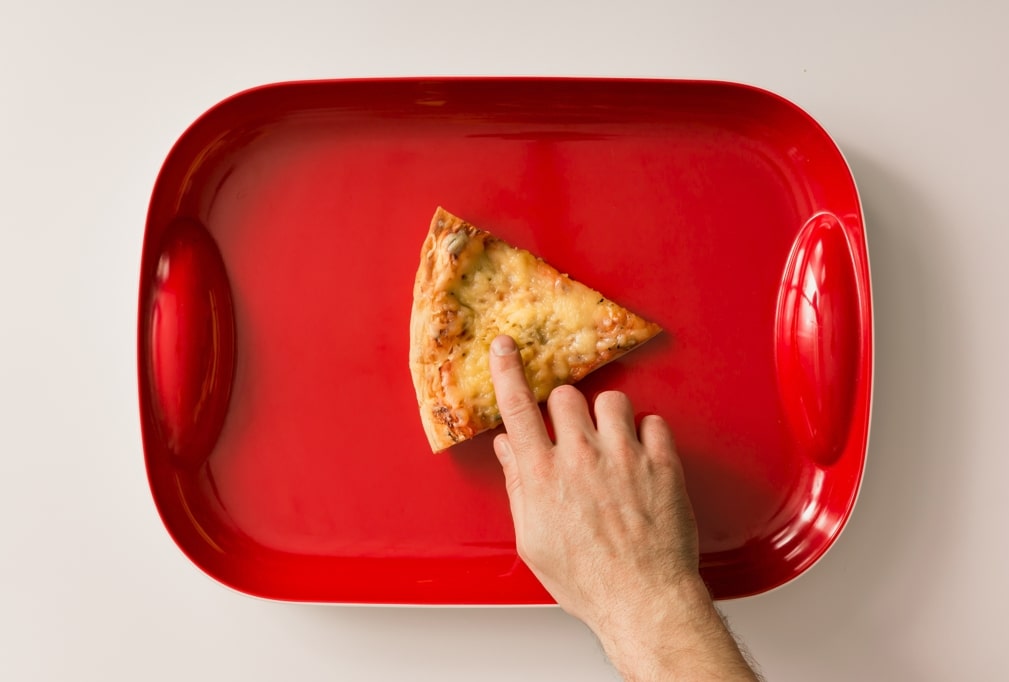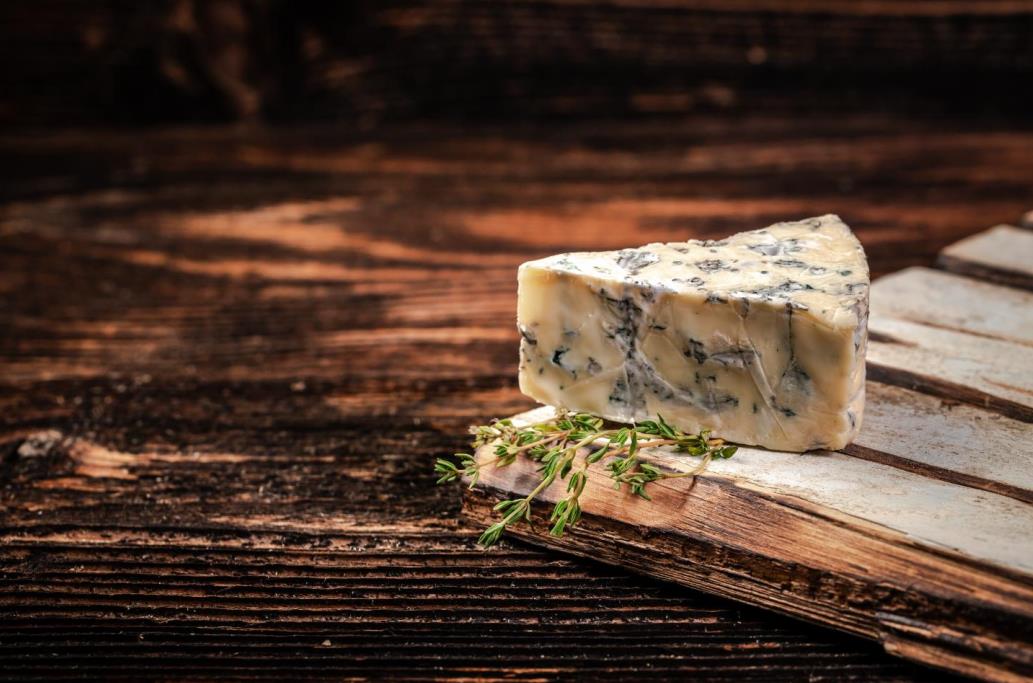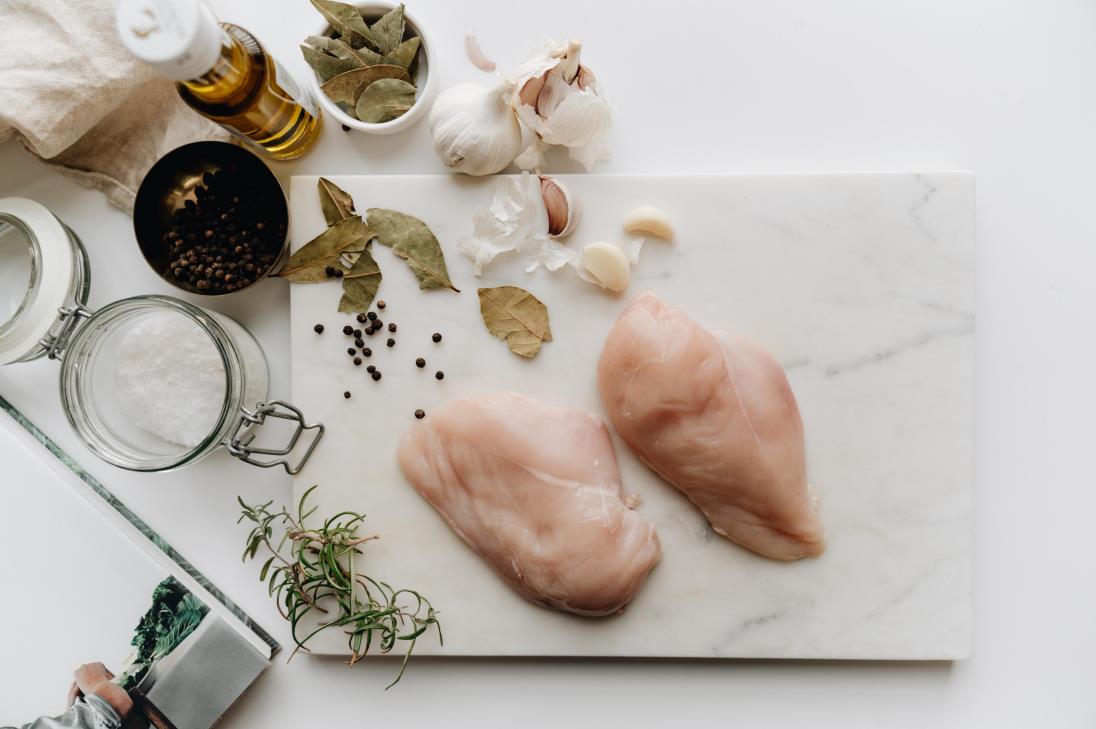The confusion with figuring out the best cutting board material for your kitchen is like a game of musical chairs. You have many options and factors but only one spot to land. But if you are an avid reader of culinary magazines and a connoisseur of fine kitchenware, you may have heard of teak as a great cutting board material.
Teak wood stands out as one of the best wood for cutting boards due to its many desirable qualities. The natural properties, including its hardness, oiliness, and water resistance, give teak the upper hand compared to other materials. It also has striking grain patterns and colors that add to its aesthetic appeal.
If you are new to the culinary world or a chef wanting to know teak as cutting board material, this article is for you. We’ll cover all there is about this enigmatic wood, from its natural characteristics to a comparison with other materials like walnut.
Table of contents
What is teak wood?

Teak is a hardwood tree native to the Southeast Asian region. The tree is widely grown in plantations across the tropical zones of Asia (Particularly India), Africa, and Latin America. A mature teak tree can reach up to 140 feet tall with a trunk diameter of up to six feet.
Scientifically, teak is of the Tectona grandis genus and part of the family Verbenaceae. Often, you’ll hear people call teak the Burmese teak because of the widespread cultivation of the tree in the lands of Myanmar. Although teak isn’t listed as an endangered species, its production is heavily monitored to ensure sustainable practices.
The best way to identify teak is by checking out its grain and color and smelling its distinct scent. Teak wood has long and straight grains with yellowish-brown heartwood and lighter sapwood. Because of the natural oils in the wood, it has a distinctive leather-like smell.
You can also do a water test by sprinkling a few drops on the wood. Teak won’t absorb the water immediately as other woods do.
How is teak for cutting boards
The best way to understand if teak is an ideal cutting board choice is to look at its attributes. For instance, consider the hardness levels of the wood to know how well it can stand up to knife cuts and scratches.
Other factors, like its resistance to moisture and temperature, safety for food contact, aesthetics, and maintenance, are also crucial.
Below is how teak fairs for each of these characteristics.
Hardness
The hardness levels of any wood determine how well it can hold up to a knife blade when used as a cutting board. The harder the wood, the better it can withstand scratches and knife cuts. But when the wood is extremely hard, it can damage the knife.
Teak wood has a Janka hardness rating of 1,070 lb-f (pounds-force). The rating is considered medium on the Janka Hardness Scale. As a cutting board material, this rating means teak can withstand the regular wear and tear of cutting food. Because the wood isn’t too hard, your knife should also remain sharp.
Teak also contains some amounts of silica, the material used in glass making. While we know glass as a material that can dull blades and tools, the amount of silica in teak is minimal enough not to cause any damage. So, the upper hand is the wood won’t easily scar or wear even with regular use.
Resistance to Moisture and Temperature

Once you have sliced and diced your food, the next step is to clean it up. It means exposing the cutting board surface to water and detergents. The same is true while sanitizing the board with hot water or steam. Not all materials can withstand changes in temperature and moisture.
Teak is a tropical hardwood, naturally resistant to temperature and humidity changes. However, it performs exceptionally well when compared to other materials. Teak’s water-resistive properties are because of a perfect combination of tight wood grain, high oil content, and tensile strength.
The wood won’t crack or warp under extreme temperatures or moisture because of its natural oil content. The oils help mitigate moisture and temperature changes. Also, the teak maintains its beauty and integrity even when exposed to UV light.
Food Safety
When choosing a cutting board, food safety should be the top priority. You need to pick boards made from non-toxic materials that don’t react with the food and cause any health risks.
The risk of contamination for teak is low because the oil doesn’t leach into food products. Because of the tight grain structure, the wood also doesn’t absorb any liquid or spills. So no bacteria or other microbes can grow in the wood, making it a safe option for contact with food.
Aesthetics
Apart from its functional use as a cutting board, teak wood’s visual appeal is unmatched. The strong and dense wood has an attractive golden-brown shade and a unique grain pattern that brighten up any kitchen décor.
Maintenance
Keeping your cutting board in good condition is essential to its longevity and usability. Teak wood has low maintenance requirements compared to other materials. All you need to do to keep the board in good condition is clean it with warm soapy water and wipe it down after use.
Teak wood vs. other wood alternatives
Below is how teak compares to other wood materials used for cutting boards.

Teak vs. walnut
Walnut is another popular choice for cutting boards. The wood has a Janka hardness of 1,010 lb-f, slightly lower than teak. While walnut is an attractive option, it’s not as resistant to moisture and temperature changes. However, it holds up well against knife marks, making it a durable cutting board material.
Teak vs. maple
Maple is another attractive choice for cutting boards. The Janka hardness of maple is 1,450 lb-f, slightly higher than teak. While the wood is hard and can resist knife cuts better than teak, its resistance to moisture
Teak vs. Acacia
Acacia is also a tropical hardwood used for cutting boards. The wood has a Janka hardness rating ranging between 1,500 to 2,000 lb-f, much higher than teak.
Thus, it has better resistance to knife markings and is more durable than teak. It’s also fairly water resistant but not as much as teak. Maintaining acacia wood requires more commitment, like using mineral oil to keep it in pristine condition.
Teak vs. Oak
Oak has more than 500 species, all with varying attributes. White oak is one of the most popular types used to make cutting boards. It has a Janka hardness rating of 1,350 lb-f, slightly higher than teak. However, teak wins because it has a much tighter grain, making it more water-resistant.
Handpicked for you
True cutting power in the palm of your hand
How to choose a cutting board for your kitchen: do’s and don’ts
Choosing the perfect cutting board for your kitchen is no small feat. Below are some do’s and don’ts to note before making your purchase.
Do’s:
- Consider the cutting board size and shape. Is it big enough to meet your needs? Does it fit in the space available?
- Look for a board that is durable and long-lasting, such as teak. Some materials degrade quickly and are not suitable for frequent use.
- Choose a board that’s easy to maintain. Ideally, it should be able to resist stains and odors and be easy to clean and sanitize.
- Pick a knife-friendly board. Some boards are too hard and can dull knives easily. An ideal board should balance the need for durability and knife-friendliness.
- Choose a board that is durable in the long run. It should be hard enough to resist knife damage and wear but not so hard that it dulls your knives.
Don’ts:
- Avoid boards made from softwoods. Such boards can’t handle frequent use and are prone to cracks and warping.
- Avoid plastic boards. While they may be easy to clean and won’t dull knives, they stain and scratch easily, and the grooves from knife cuts can collect bacteria.
- Don’t buy a board that isn’t food safe. Make sure it meets all FDA and health guidelines.
- Avoid boards with a finish that can flake off and contaminate food.
Closing Thoughts
After reading this article, we hope you have a better understanding of what makes teak an ideal choice for cutting boards. From its hardness and durability to its low-maintenance needs, teak offers numerous benefits that make it an excellent option for your kitchen. However, you may spend a little more on a teak board than other materials, but it’s worth it in the long run.
Don’t forget to check out other articles on our blog. And if you are shopping for kitchen knives, our store has exciting discounts on high-quality handmade kitchen knives.












